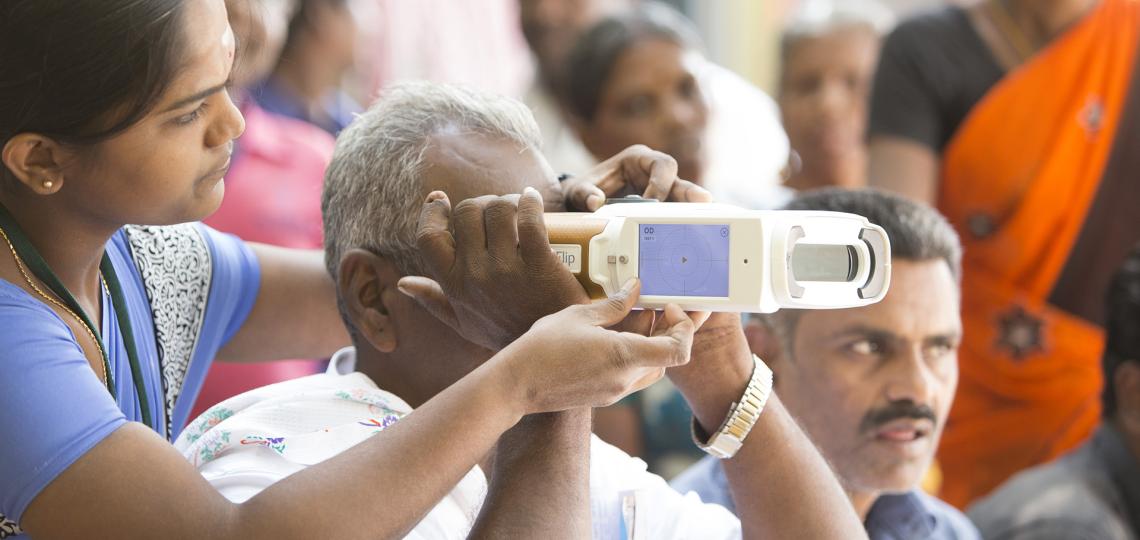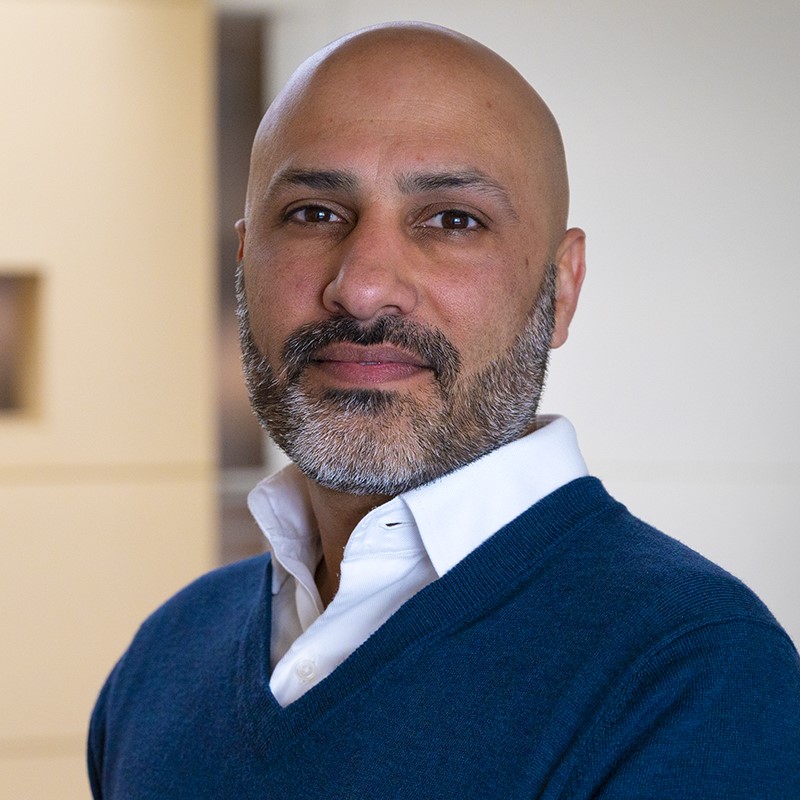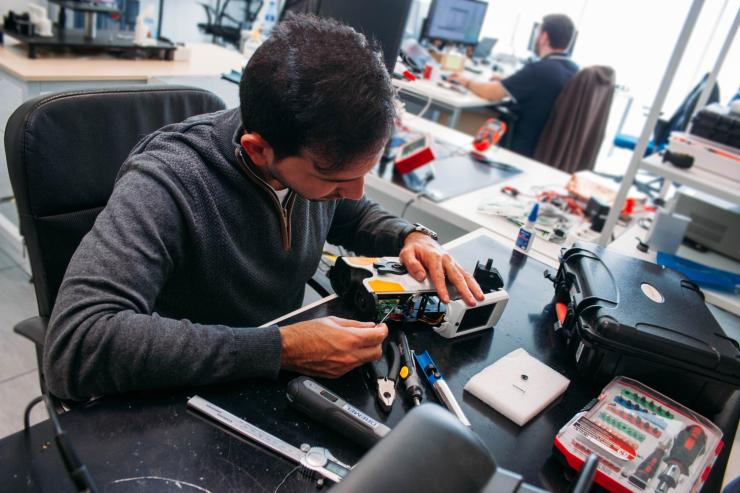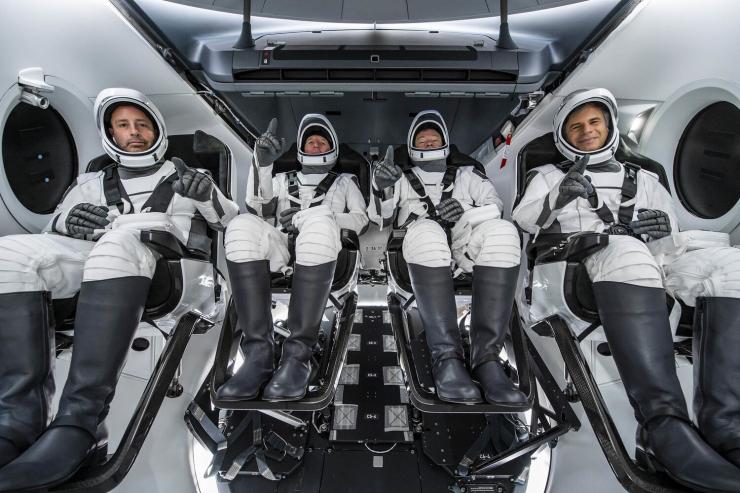In a pivotal moment for humanity in 1962, President John Kennedy declared the United States would send astronauts to the moon within the decade. “The goal,” he said, “will serve to organize and measure the best of our energies and skills.”
More than sixty years later, research for human exploration of space remains a driving force for health technology innovation that benefits the billions of us here on Earth. Our company PlenOptika was formed to meet the global challenge of poor vision: to help the estimated 1.1 billion people suffering uncorrected refractive error to live, learn, and earn better with clear sight. In collaborating with the Translational Research Institute for Space Health (TRISH), we’re learning not only how to adapt our technology to the demands of long-term space flight, but also how that technology can expand access to effective vision care around the world.
TRISH is an applied health research catalyst that funds high-impact scientific studies and technologies to keep astronauts healthy during deep space exploration. Empowered by the NASA Human Research Program, TRISH is a consortium led by Baylor College of Medicine and leverages partnerships with Caltech and MIT.
Research and development (R&D) for space research and for global health impact have common requirements: engineering for the toughest conditions, and rigorous design to achieve high standards of accuracy, usability, efficiency, and durability. When we began collaborating with TRISH, we had a device—called QuickSee—that could radically change how vision care was performed for people outside well resourced vision clinics. Today, the TRISH challenge to make that technology more compact, easier to use, and more accessible guides our product development pipeline. In meeting goals for human space exploration, we are developing real-world products that will help everyone.
In our initial participation in the MS-20 and Ax-1 missions, we demonstrated that remotely trained non-professionals working in challenging conditions can perform clinical-quality measurements reliably—critical requirements for global health applications. Building on this, research teams for future missions are counting on QuickSee to provide accurate data on vision change in microgravity. (Read more about this in a story recently published on Space.com.)
The PlenOptika research that TRISH supported will have considerable downstream impact. Our new devices will have greater capabilities, be easier to use, and enable better service for health disparity populations. In addition to meeting our collaboration’s primary goal of growing our scientific knowledge about the effects of microgravity on sight, our role in the research is raising PlenOptika’s profile as an innovation leader, which ultimately helps us achieve our core mission to reach everyone with better vision care technology. And it’s a great group of collaborators: mixing commercial R&D with academic scientific research, from different technical backgrounds in a shared enterprise, provides mutual inspiration and sustains a tradition tracing back to the earliest days of the space program: the best of our energies and skills.
Improving vision care for everyone is a simple goal concealing extraordinary complexity. It’s hard, but the value of success is hard to overestimate. Improved vision can help to meet seven of the United Nations’ 17 Sustainable Development Goals, and stem the tide of $411billion in economic loss annually. That means more prosperity, equality, safety, and learning opportunities for billions of people. As JFK said, it’s a challenge we’re willing to accept, one we are unwilling to postpone, and one which we intend to win.








 Credit
Credit



